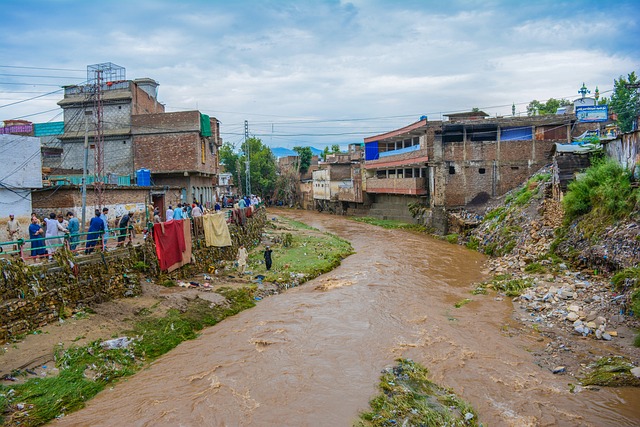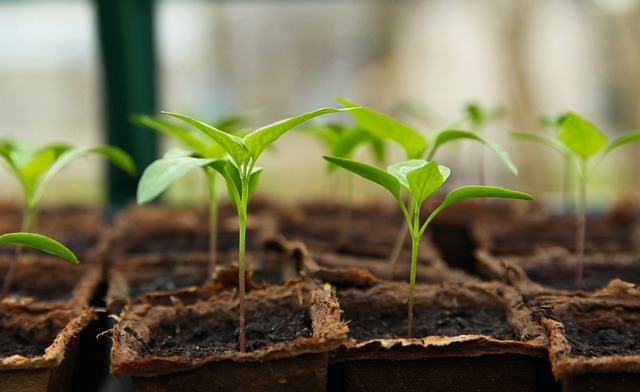Pakistan Monsoon Floods 2022
The monsoon of August 2022 in Pakistan was recorded as the highest ever in the region’s 30 year rainfall pattern.
As a result the flooding caused by the monsoon weather in Pakistan proved to be the deadliest natural disaster to ever hit the region. The flood waters submerged all 4 provinces and displaced approximately 33 million people. Although these floods were uncontrollable as they were naturally induced due to climate change. However, the lack of early warning system and management plan was the cause of major destruction that could have been avoided.
The severity of these floods is unprecedented and it has proven to be the most devastating one. Effecting around 15% of the country’s population. A Third of the country is under water and millions still remain displaced.
Read: How to Reduce Severity of Disastrous Impacts of Floods
Pakistan’s Current Situation: August 2022- March 2023
As of March 2023, the situation is still quite serious. However, due to political upheavals and economic crises, those affected by the floods are unfortunately forgotten as the new year began.
According to satellite reports, approximately 4.5-5 million people are still displaced and living near flood waters. Entire settlements and villages as well as agricultural lands remain below flood waters. No efforts have been made to remove the water or provide asylum to the displaced people.
The need of the hour is of more financial aid as Pakistan is seeking about US$ 816 million in order to prioritize aid and protection to around 10 million people still displaced in Sindh, Baluchistan, KPK and Punjab until 31st May 2023. Donations are still being taken however, the devastation is simply too great to be solved or managed by local and national NGO’s alone.
Read: Commodified Dead of South Punjab- Foreign Aid Amid Floods
The government has provided very basic aid and improper rehabilitation efforts. Those who have been fortunate enough to be relocated to a shelter or some sort of safety have no means of livelihood or see any chance to return to their lands and property as the water still remains on their farming lands.
As of January 2023, several months since the floods hit Pakistan, the number of districts hit by the disaster has increased to 80. This means nearly 7 million more people have been effected severely by torrential rains and further floods. They too, remain displaced and without aid. Around half of the flood affected population still remains in need of help.
Women and Children:
Women and children- the most vulnerable groups of people who have been severely hard hit by the floods. The majority of children and women are still living in and near contaminated and stagnant flood waters.
Pregnant women an their new-borns face even dire consequences with reports showing an increase in infant deaths and mothers facing malnutrition and improper post natal care due to lack of resources or any aid from the government.
Nearly 15 million people in flooded regions need emergency food assistance and some areas have seen people being pushed into poverty due to their losses. With no access to safe drinking water and increased risk of water-borne diseases, the number of women and children that are falling sick and ultimately dying have crossed more than a million since mid-January of 2023.
Check out: Climate Change and Emergence and Spread of Diseases
Whatever infrastructure the regions had is now lost perhaps forever due to the floods. They remain submerged and children are left without a place to learn, receive their education even after several months. There are no hospitals to provide care to the infants and their mothers nor are there any sort of measure in place to provide an alternative.
Local NGO’s and volunteer groups have been visiting places and providing maternity kits and the necessary aid. However, the government has yet failed to increase aid or provide relief to the people.
2 million children have no longer any access to education or health care. There is no way to provide life-saving vaccines to the infants and new born which will only increase problems in the future for the people. Climate change and its related crises will hit those in poorer/marginalized communities more than others. And even among them children will suffer more than adults with increased cases of malnutrition, lack of health care facility, safe water and sanitation.
Prior to the floods, the rates of malnutrition and vitamin deficiency in the population of the hard hit regions were an all time high. They were higher even more than the emergency threshold. The conditions right now are unspeakable.
You might also want to read: Climate Change Threatening Survival of Pakistani Children – UNICEF Report
What is required to be done?
Current situation from satellite imagery shows that around Sindh, still the displaced people are living in tents and a ratio of children are suffering from malnutrition. The scale of the disaster is such that it will take years, perhaps a decade for families to recover from the flooding impacts. Food and water insecurity have reached an all time high levels and many people are dying with no reports on them. The survivors are going to suffer from long term consequences of malnutrition and food insecurity. Nearly 19 million people still await urgent help and basic necessities.
Also read: Climate Change Threatens Health and Livelihoods of Pakistanis
The government needs to focus more on rehabilitation and most importantly how to get rid of the waters in the areas so that at least people can go back to the areas and see what is left to be salvaged. Even though this is a state of national emergency, the provincial government do not have sufficient funds or access to dewatering pumps, and other evacuation material needed.
Also read: The Projected Future of Water Scarcity in Pakistan
Climate Change is Increasing Water Scarcity around the world
We hope you liked this post! Please comment below if you have any suggestions, comments or feedbacks! We at #envpk love hearing from readers! Thanks




